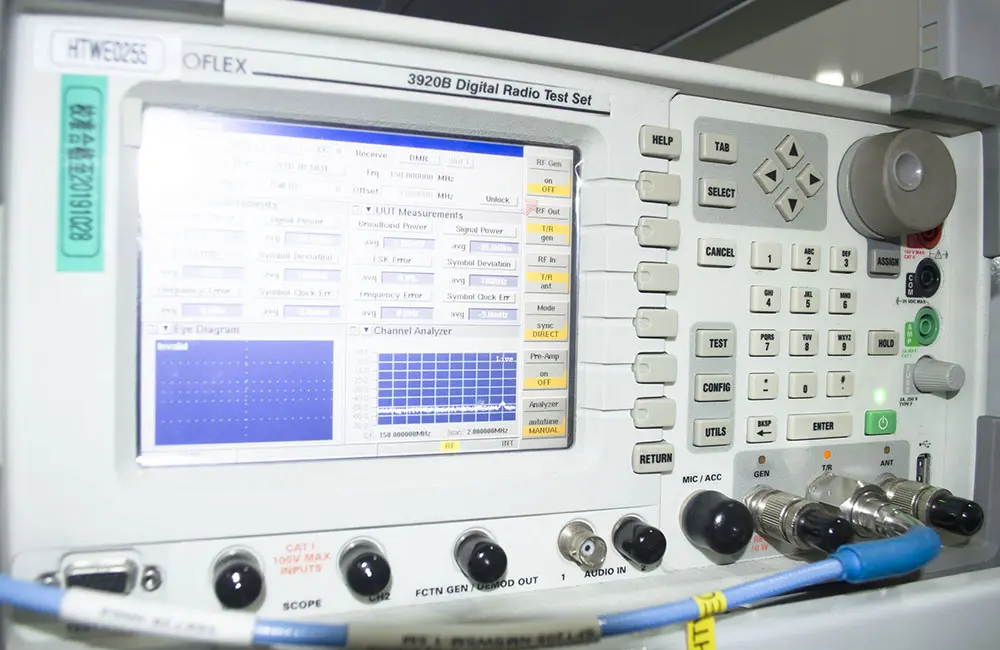
How to Obtain CE Certification for EV Charging Stations
CE certification for EV (Electric Vehicle) charging stations is a mandatory safety certification required before such products can enter the European market. It ensures compliance with EU health, safety, and environmental protection standards, and allows free circULation of the product within EU member states. The CE mark is a critical legal requirement for selling electrical products like charging stations in Europe.

Applicable Directives for CE Certification of Charging Stations
CE certification for EV charging stations involves multiple EU directives, primarily including:
low voltage directive (LVD 2014/35/EU)
Applies to electrical equipment operating with AC voltages between 50V and 1000V, or DC voltages between 75V and 1500V. It ensures safe use and protection from electrical hazards.
Electromagnetic Compatibility Directive (EMC 2014/30/EU)
Ensures that the device does not emit electromagnetic interference and can resist a certain level of electromagnetic disturbance, preventing disruption to other equipment.
RoHS Directive (2011/65/EU)
Limits the use of hazardous substances in electronic devices, requiring the product to be free from lead, mercury, cadmium, and other harmful substances.
Machinery Directive (2006/42/EC)
If the charging station includes mechanical components (e.g., lifting systems, automated features), compliance with this directive may also be required.
ce certification process for Charging Stations
The CE certification process for charging stations involves several steps:
1. Identify Applicable Directives
Determine which EU directives apply to the product (such as LVD, EMC, RoHS, etc.).
2. Product Design and Risk Assessment
Design the charging station and conduct a risk assessment to ensure compliance with safety, mechanical, and environmental requirements.
3. Testing and Verification
Electrical Safety Testing: Test for voltage, grounding, insulation, overload protection, etc.
emc testing: Ensure the device does not cause or suffer from electromagnetic interference.
RoHS Compliance Testing: Verify the product does not contain restricted hazardous substances.
4. Preparation of Technical Documentation
Compile design schematics, user manuals, test reports, and other required technical documents.
5. Declaration of Conformity
The manufacturer signs the EC Declaration of Conformity, stating that the product complies with all applicable directives.
6. Affix the CE Mark
Place the CE mark on the product to signify conformity with EU directives.
CE Certification Standards and Testing Requirements for Charging Stations
Electrical Safety (LVD)
EN 62196: Standards for EV connectors and charging equipment
EN 61851: Standards for EV charging systems, defining safety requirements
Electromagnetic Compatibility (EMC)
en 61000 Series: Standards for electromagnetic compatibility testing
RoHS Directive
Compliance with RoHS 2.0 (2011/65/EU), ensuring absence of lead, cadmium, mercury, hexavalent chromium, PBB, PBDE, etc.
Mechanical Safety
If the device includes mechanical components (e.g., lifting mechanisms), it must meet the relevant standards under the Machinery Directive (2006/42/EC).
Post-Certification Management
The CE mark must be affixed to compliant equipment to indicate adherence to health, safety, and environmental standards.
Technical File Archiving
The manufacturer must retain technical documentation, including design data and test reports, for a minimum of 10 years.
Periodic Review
If the product is modified or updated, re-evaluation of ce compliance may be necessary.
Frequently Asked Questions
1. Is CE certification mandatory for all charging stations?
Yes. All EV charging stations, whether for public or private use, must obtain CE certification before being sold in the EU market.
2. Does CE certification require a third-party organization?
Certain high-risk products require assessment by a Notified Body. In most cases, low-risk products can be self-assessed by the manufacturer.
CE certification for charging stations is a vital step to ensure compliance with EU standards and legality within the European market. If you have specific product models or design requirements, feel free to share them with us for a more tailored analysis and solution.
Email:hello@jjrlab.com
Write your message here and send it to us
 What are ASTM F963 and CPSIA?
What are ASTM F963 and CPSIA?
 Comparison of ASTM F963 and EN 71
Comparison of ASTM F963 and EN 71
 How to get CSA C22.2 NO.256:14 Test Report?
How to get CSA C22.2 NO.256:14 Test Report?
 How much is the ISTA Amazon Packaging & Shippi
How much is the ISTA Amazon Packaging & Shippi
 Amazon Product Laboratory Testing Requirements
Amazon Product Laboratory Testing Requirements
 How to Get EPA Certificatio
How to Get EPA Certificatio
 What is EPA Certification in the United States?
What is EPA Certification in the United States?
 What is an FCC Registered Agent?
What is an FCC Registered Agent?
Leave us a message
24-hour online customer service at any time to respond, so that you worry!




